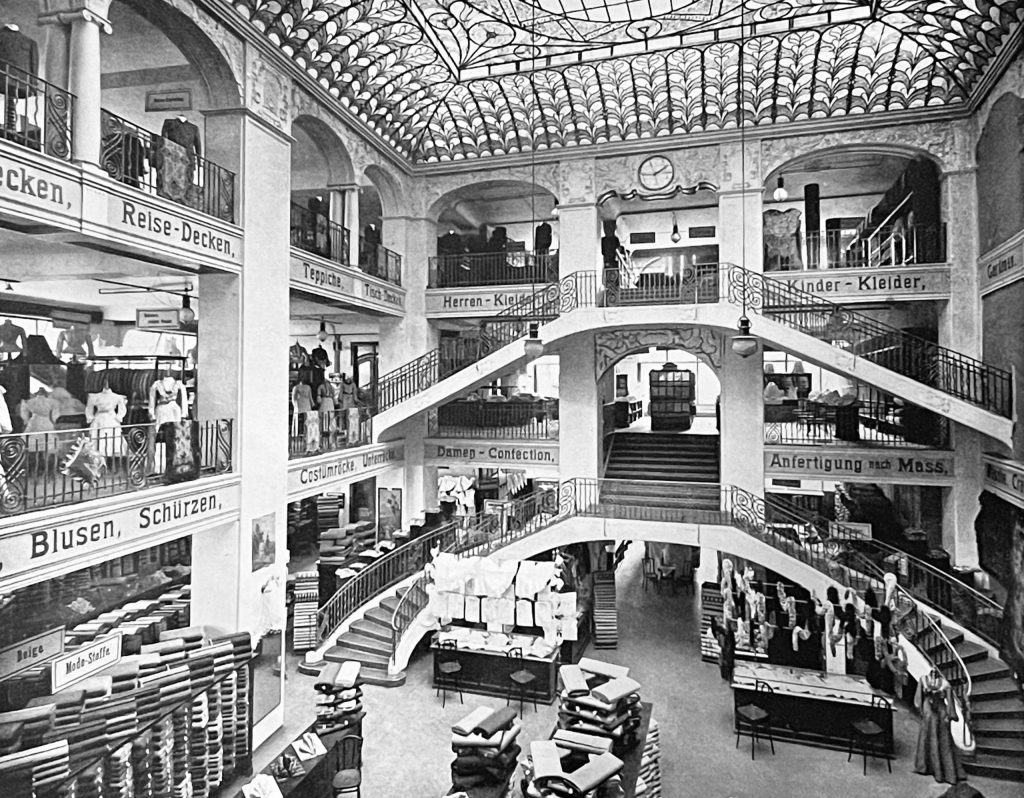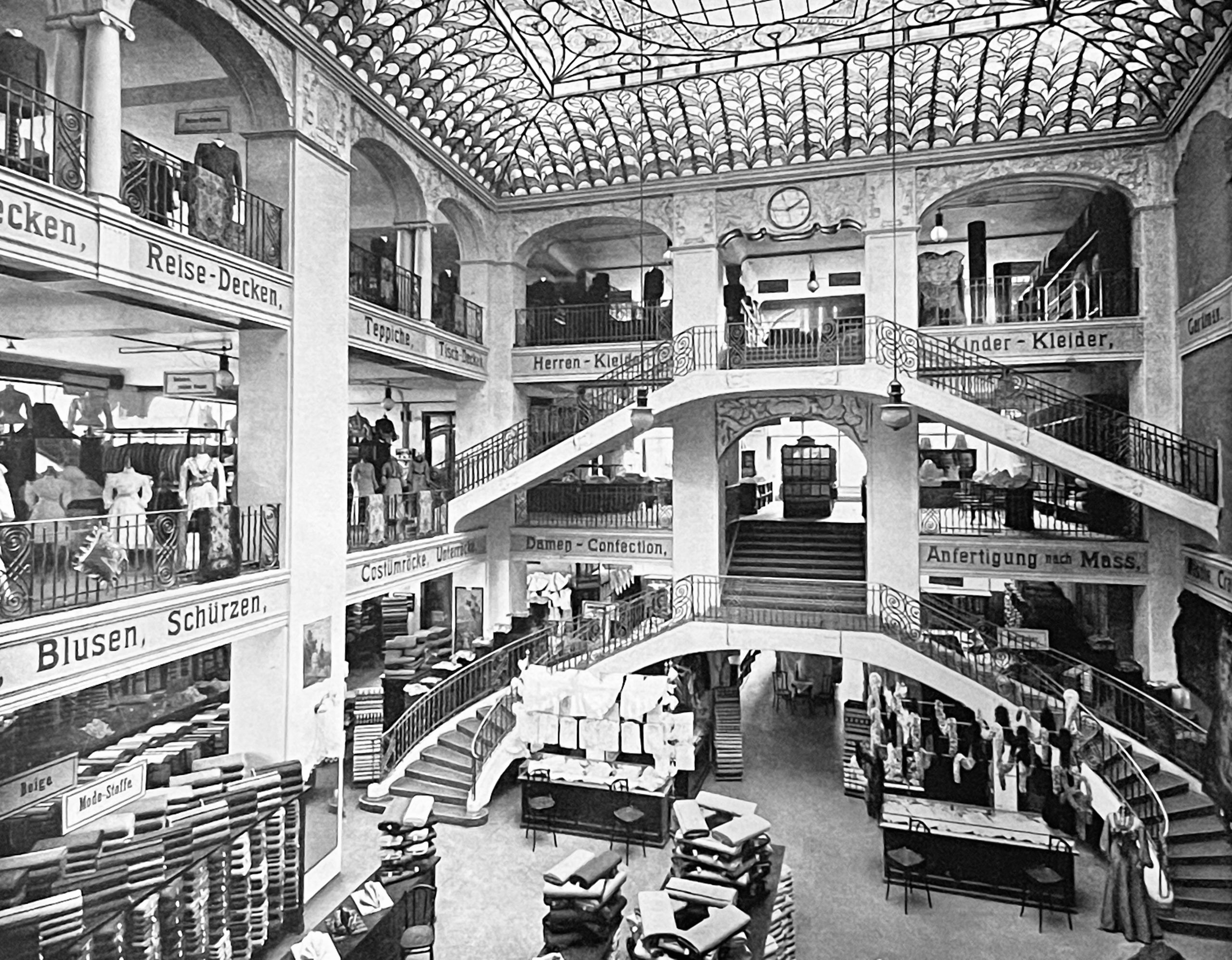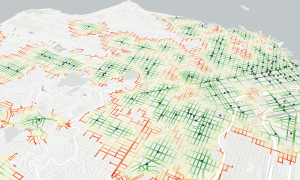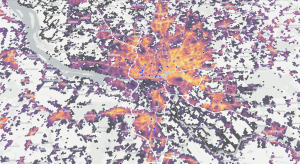Here’s how technology would tell the story of retail


Retail as we know it has been around for millennia, but as tech innovation continually evolves so too does how people shop. Understanding these patterns is the key to unlocking future growth.
The role of electricity and the cash register in modern retail
When we think of modern retail, that really started in the 18th century, no better example is the expansion of the United States of America.
As new towns and settlements popped up, so too did an abundance of “mom and pop” stores; small, local, independent, family-owned businesses selling everything from food to medicine. But as large population centres expanded quickly in the mid 19th century, along with innovations in transportation and electricity for power and lighting, European cities like those in the US contributed to the disruption in retail. In the late 1800s, the first department store was born in central Paris, a consequence of this urban transformation, when Le Bon Marché was set up by Frenchman Aristide Boucicaut.
Now, unlike the clusters of small shops that were so prevalent during the gold rush era, in Europe, customers could experience a wide range of goods and services under one convenient roof. But these department stores didn’t just sell items, they provided experiences like demos and in-store entertainment that took the shopping experience to a whole new level. Soon, household names we’re still familiar with to this day began popping up in major cities across the world. Names like Harrods, Macy’s and Sears.
At around the same time, the cash register was invented – and this was more than a device to store notes and coins in. The cash register meant businesses had a better way of working out whether they were making a profit or loss. Today, the cash register is a sophisticated, connected touch point that continues to revolutionise retail.
A transportation revolution for people and goods
Then along came the car and retailers were quick to adapt to the growing trend of out-of-town shopping experiences and people living in the suburbs. In the mid-20th century, as car ownership grew, so too did shopping malls, those large “one-stop-shops” that sold everything we could possibly need under one roof.
Even before the advent of cars, other means of transportation made new ways of selling goods possible. It was the completion of the continental rail network that gave rise to the development of general merchandise mail-order shops. According to Britannica, “the ability to sell a variety of merchandise to farmers, at comparatively low prices, a postal rate structure that encouraged the dissemination of mail-order papers and catalogs, and the establishment of the parcel-post system in 1913 all contributed to the expansion of mail-order operations”.
The Internet and the rise of ecommerce
Nevertheless, the bricks-and-mortar concept continued relatively unchallenged until not so long ago with the advent of the internet and a new golden age of shopping. Companies like Amazon have changed the retail landscape more in 25 years than anything else in the last couple of centuries.
At the click of a button, you can now have anything from a pair of shoes to a new TV delivered to your home, in many cases the same day. According to a recent report, it’s hardly surprising to learn that 96% of Americans these days shop online while only 65% of shopping budget is spent in-store. Not so long ago our ancestors were shopping in markets, now 43% of people are making their purchases from bed.
But as great as it is to get almost instant shopping gratification without leaving home, the joy of browsing, holding and interacting with goods has been diminished. The social aspect of shopping has been lost. And it’s why, especially in small towns, there’s a growing trend for local commerce, a trend gaining strength as people make more sustainable choices.
Retail analytics and big data introduce a new frontier
Just as we’ve seen throughout history, pivotal inventions, trends and consumer behaviours will continue to shape retail as we know it. As a society, we now have access to more data than we ever thought possible.
As Britannica writes: “Retail analytics is the process of using big data to optimize pricing, supply chain movement, and improve customer loyalty. Big data analytics in retail enables companies to create customer recommendations based on their purchase history, resulting in personalized shopping experiences and improved customer service. These super-sized data sets also help with forecasting trends and making strategic decisions based on market analysis.”
Successful retailers use analytics to understand how the demand for their products changes over time and in different locations. When they add consumer spending data to their models, they can discover how to meet customers where they are and stock their products more efficiently based on supply and demand.
Locations and territories play a crucial role in the success of any brick-and-mortar business. Geomarketing links location business data with information about regional markets, analyzes it and derives correlations. This way, geomarketing allows business to weigh up risks and potentials and thus to make quick decisions.








